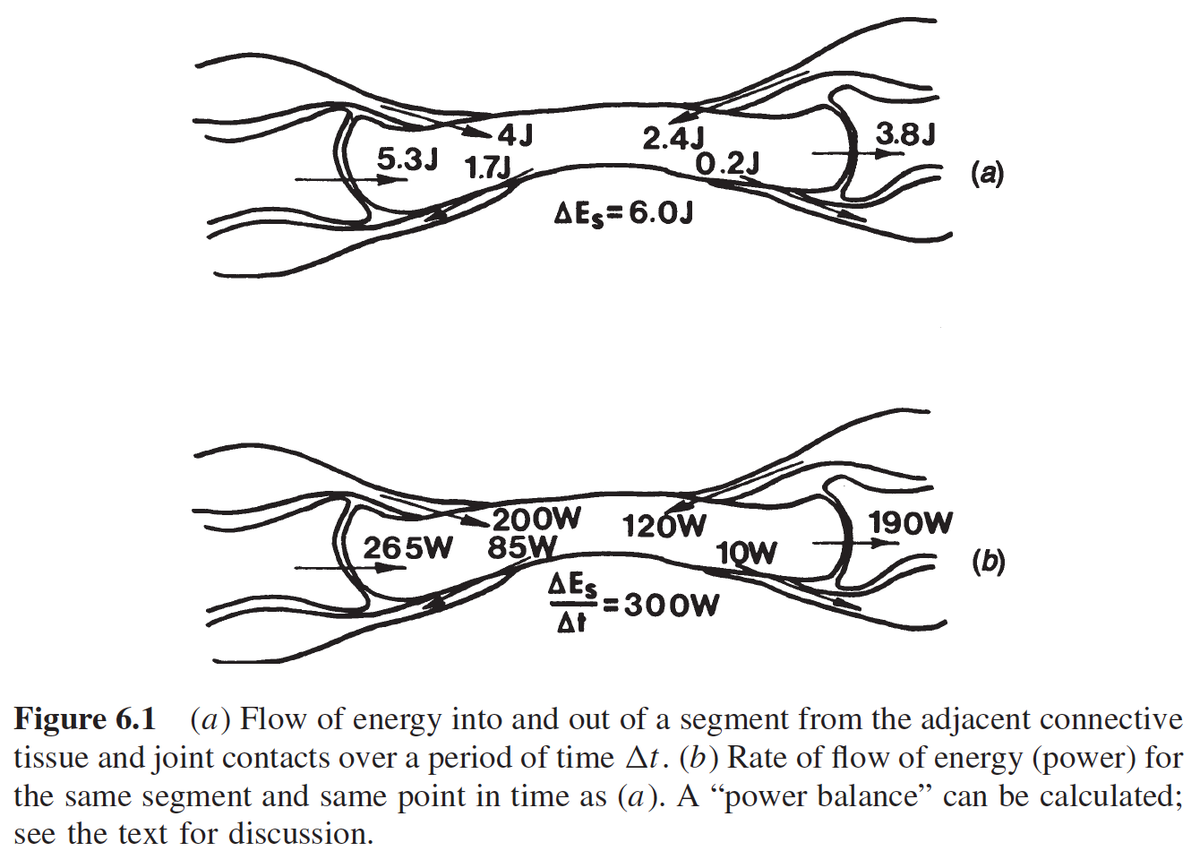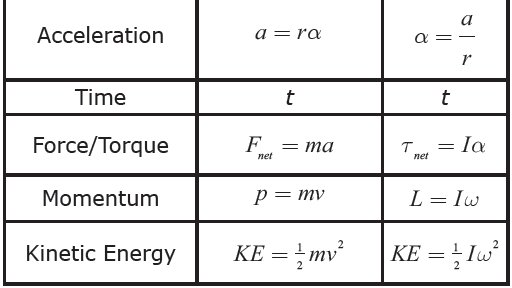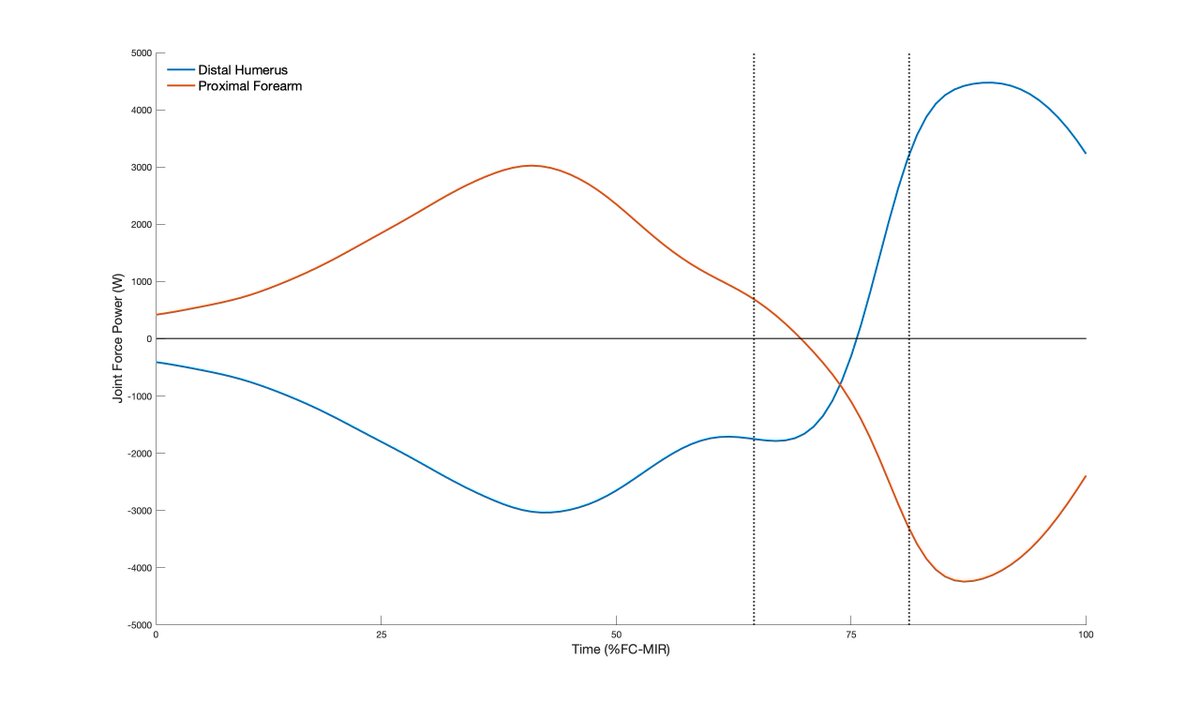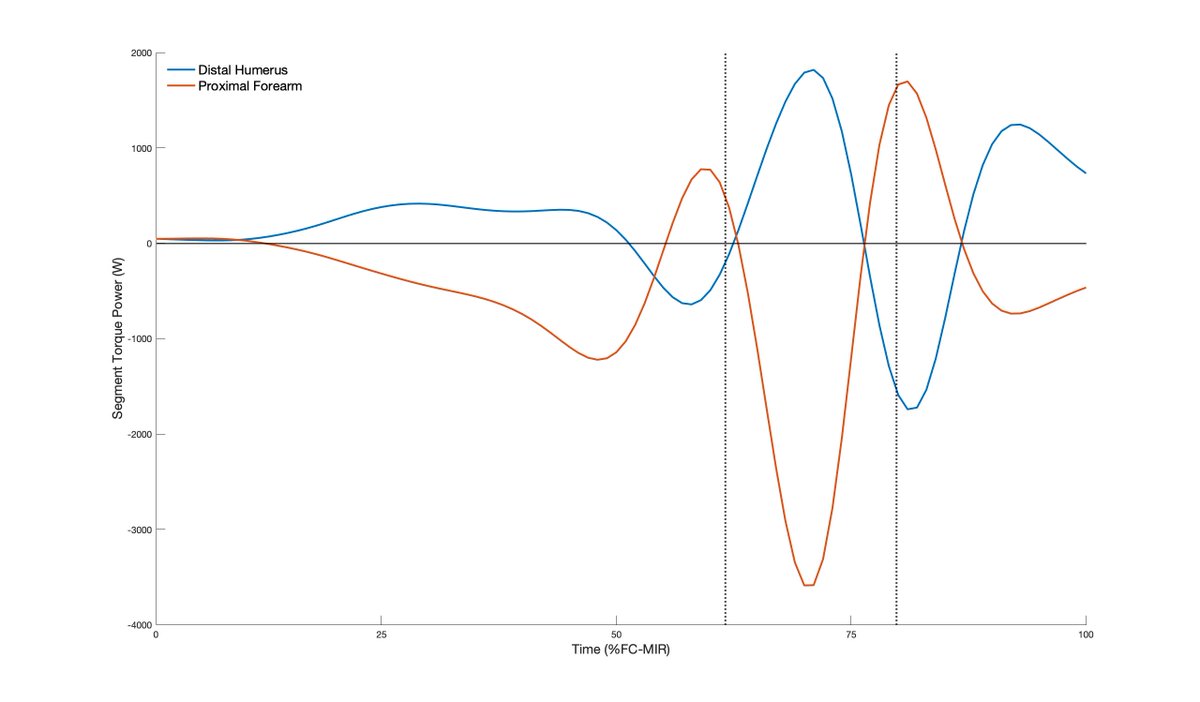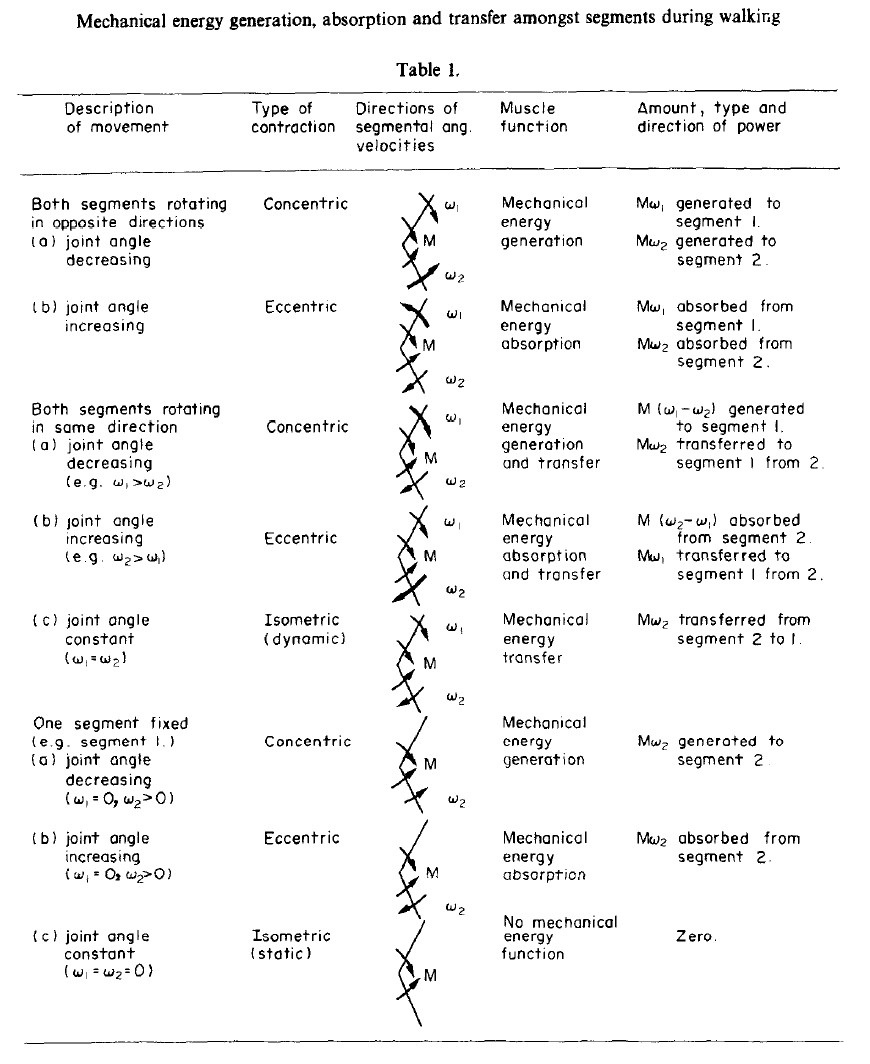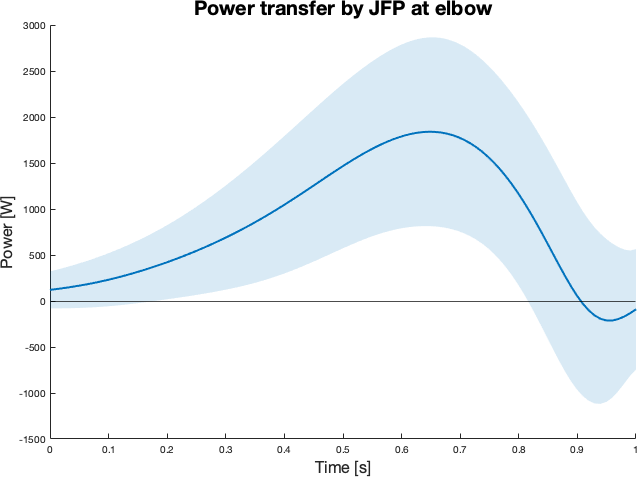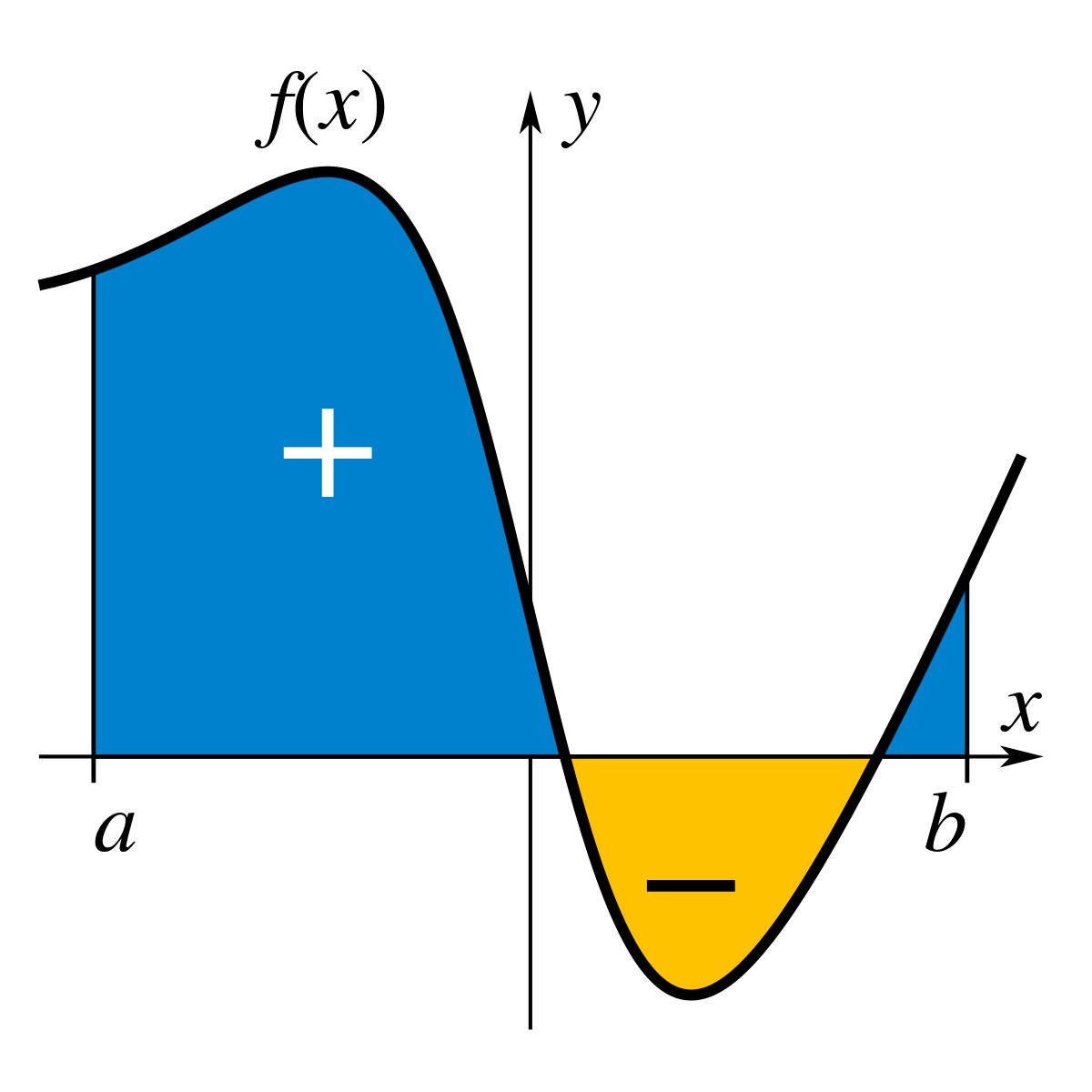1/n Alright, let& #39;s go into detail about how we measure kinetic energy exchange between segments. Knowing how biomechanical measures are formulated is an important part of knowing the application (and, most importantly, limitations) of whatever measure(s) you& #39;re working with...
2/n Biomechanists typically model kinetic energy moving btwn segments by 2 means: joint forces and joint torques. For ex, the humerus has a joint force & joint torque at its proximal (shoulder) and distal (elbow) ends. So energy can move to/from the humerus in 4 ways...
3/n The RATE at which energy moves btwn segments via the joint forces or joint torques is known as the joint force power (JFP) or segment torque power (STP). JFP represents the movement of linear kinetic energy while STP represents the movement of angular kinetic energy...
4/n We calculate JFP by multiplying* the joint force with the linear velocity of the joint center. We calculate STP by doing the same with the joint torque and the angular velocity of the segment.
(*it& #39;s actually dot product-ing but multiplying is close enough)
(*it& #39;s actually dot product-ing but multiplying is close enough)
5/n Once we have our JFPs and STPs we& #39;re ready to do some cool stuff (cool in my opinion, anyway). Let& #39;s start with the JFPs...becuase joint forces are equal/opposite btwn segments & adjacent segments share a common joint center, JFPs will be equal/opposite across a joint.
6/n For ex., the JFP at the DISTAL end of the humerus will be approximately equal (minus some noise) in magnitude but the opposite sign (+/-) to the JFP at the PROXIMAL end of the forearm (this is assuming no joint translation in our biomechanical model)...
7/n Because they are equal/opposite, JFPs only transfer energy between segments. STPs, on the other hand, get more complicated. While adjacent segment joint torques are equal/opposite, segments can have different angular velocities...
8/n This means that adjacent STPs can have different values; not only transferring energy but also generating/absorbing energy. How do we parse out the transfer vs. generation vs. absorption? Thankfully, people much smarter than I have already outlined how!
9/n To parse it out, we have to know the signs & magnitudes of adjacent STPs. The combination of signs and magnitudes determines how much (and in what direction) energy is transferred, generated, and/or absorbed. We can then track these differences through the pitching cycle...
10/n Tracking through the pitching cycle will result in new time series curves for energy transfer, generation, & absorption. Individual values in these curves will represent the instantaneous rate of transfer, generation, or absorption.
11/n We can estimate total energy trans/gen/abs over time by integrating whichever segment power curve we are interested in...
12/n My hope is that by isolating different components of energy movement btwn segments, we can better measure if an athlete is using their kinetic chain "efficiently". Currently, we have few good ideas as to what quantifying "efficient kinetic chain" truly looks like...
13/n With energy parsing, I hope we can ask questions like, "how much energy are they transferring? How much energy is their tissues absorbing? Are they absorbing excessive amounts at a certain joint? Does that excessive absorption = a "breakdown" in their kinetic chain?"
14/n Or questions like, "does increased generation/transfer from proximal segments result in decreased generation from distal segments? Can measures like strength/range of motion moderate these relationships? Do pitchers with injury show differences from healthy pitchers?"

 Read on Twitter
Read on Twitter